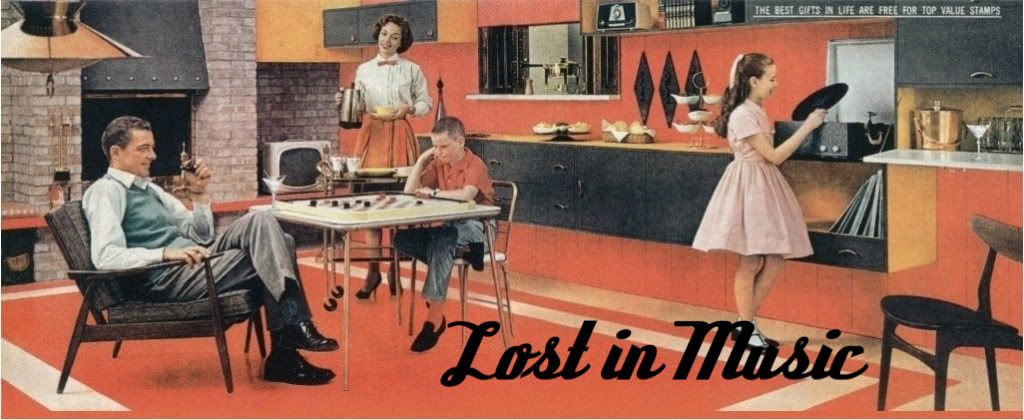OXYGENE - Jean Michel Jarre
(Disques Dreyfus, vinyl, 1976)
 |
| pic: cdandlp.com |
As with Tubular Bells, success was far from instant and what's more Oxygene was launched in the UK in the summer of 1977 at the height of the punk 'revolution' and the Queens' Silver Jubilee with British patriotism also at a peak. No place for a French instrumental album, one may think. "..some interest will be generated but the album is not really suited to our insular and musically anti-intellectual Anglo-Saxon island", commented Music Week. Comparisons were of course made to electronic-prog giants Tangerine Dream and even to Continental classical music, which placed the album in an electronic niche few Brits would dare to enter. That said, Stan Sayer of leading UK tabloid Daily Mirror described Oxygene as "A French revolution to rock the world." (source)
:format(jpeg):mode_rgb():quality(96)/discogs-images/R-5879722-1405268449-9057.jpeg.jpg) |
| German 7" pic bag. (Discogs.com) |
As Oxygene is such a unique aural experience, it's hard to do it justice simply by using words on a keyboard/screen. However, like it says on the packet, the pièce is a six-part electronic music-fest, divided into two only by the limitations of the old vinyl 'sides'. Part 1 starts off slowly building up layers of luscious synth-sounds but as with much of the album you're never bored and things are continuously changing and morphing even within a single 'part'. Part 2 is one of the better-known sections and is now regularly included in JMJ compilations. The aural hook may be in the twee two-fingered keyboard riff but its beauty lies in the closing minutes with a soft almost improvised synth, playing over the layers of Moog, ending up in a Kraftwerk-esque choral loop (sans vocoder). Part 3 finishes the first side off nicely with it's faux-theremin screeching away into the distance, taking us to the outer reaches of...somewhere. Side Two keeps our attention going with the catchy aforementioned Part 4 (its position hardly casual) which will have you humming/whistling/foot-tapping along, remembering those warm summer days of the Silver Jubilee. Aside from the catchy synth lead, I personally prefer to follow the 'groovy' bass-line which runs throughout - listen out for it next time! Part 5 is perhaps the least interesting of the piece although is divided into two movements (never understood why this wasn't Parts 5 & 6, followed by 7), the latter of which pays homage to Eastern-influences over a groovy Moog sound, before the electronic waves of Part 6 come crashing in . The simple melody and rhythm box (the famous Korg Mini-Pop?) mixed with the white-noise waves bring us back to (a dying?) Earth and give us a fitting finale to what is possibly one of the first 'ambient music' albums in history.
In his August 1977 review Sayer, writing from sunny San Tropez, stated "It [Oxygene] has a beat to thrill rock fans and a beauty and majesty that will appeal to lovers of classical music", to which I would add that at its heart Oxygene also contains pop, jazz and just a little bit of French impressionistic genius. Listen to it to believe it.
Where to hear it:
Oxygene has recently been re-released on CD (2014) and vinyl LP (2015) by Sony Music.,available from usual retailers. It can also be streamed via Spotify.
A re-recorded version of Oxygene, differing little from the original, was also released on CD in 2007, accompanied by a noteworthy "Live in Your Living Room" performance on DVD. Here's Part 2 from that performance:

No comments:
Post a Comment